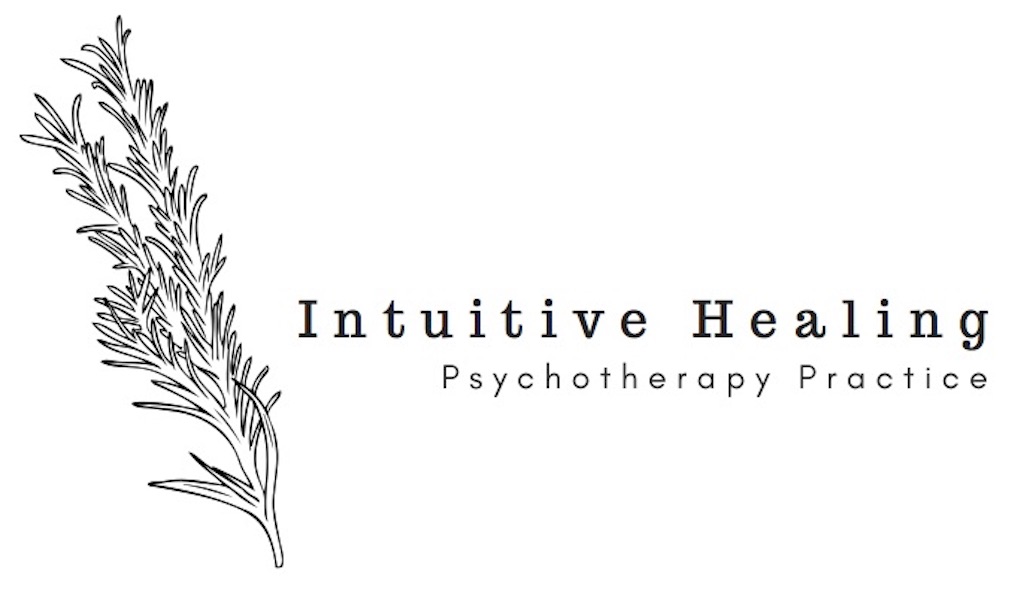Assertive Boundaries: A closer look at communication style when implementing boundaries
Sienna Chu, MHC
In the fast-paced world that we find ourselves in today, the need for slowing down and caring for ourselves more intentionally has become greater and greater. Self-care articles are flooding the interwebs as more people identify the adverse impact that modern day life has on our sense of wellbeing and the need for remedies. Around the clock access to our emails and cell phones has created an illusion of always having to be available- to our jobs, friends, and family members-- and unless you’re willing to sacrifice your own needs, this is not sustainable nor healthy long term. We need rest, we need play, and we need freedom from responsibility at times. This is where setting stronger boundaries and saying “no” more frequently comes in. “No” to staying late at the office, “no” to going out with friends when you want to relax at home, “no” to responding to work emails when off the clock. Does this all sound familiar? But there is one crucial piece that oftentimes is overlooked— it’s not just saying “no” that matters, it’s also how we say it.
In my experience as a clinician, and in my own inner work, I’ve come to notice a trend: when there is a need for setting stronger boundaries, there is often a need for more assertive communication. What do I mean by this? That often times the difficulty isn’t just saying no to something, it’s communicating it clearly and in a way that is without fear of guilt or judgement from others. It’s a form of standing up for ourselves, nicely. When we feel guilty about setting a boundary or saying “no” we tend to be more sheepish, avoidant, and passive. This in turn often leaves the recipient of our action confused and frustrated. Maybe you wait until the last minute to respond to a text so you have time to formulate the perfect way to say no. Meanwhile the time in takes you to mull over your perfect response, the person on the other end is receiving radio silence. Let’s be honest, how many times have you started a response with “so sorry, just seeing this now” at the time that makes it convenient to decline a request, invite, or offer because saying no sooner feels like it would require an explanation or an excuse. I know I’m guilty!
So why do we do this? We fear letting others down. Another way of looking at passive communication, is that it occurs when we focus on the needs of others, leaving no room for our own. But when we look at this one step further we can also see that being passive at times is actually self-serving in a non-direct way. When we care about someone, letting them down often means we feel guilty, and we will avoid that feeling at all costs. Moreover, we worry that it will influence the way others see us when we can't fulfill their request or expectation from us. These expectations may very well be from others, but try and see if the expectation may actually be self-imposed. It might look something like this: “If I say no to my boss, she’ll think I don’t care or that I’m not invested.”
So how do I shift from being passive to assertive? Let’s first look at a simple breakdown of the three communication styles to help us see where assertiveness lies.
Passive = focus is on others needs/wants
Aggressive = focus is on my needs/wants
Assertive = focus is on both of our needs
Another helpful way to ask ourselves which type of communication I am in, is by imagining an action or picturing an image that represents each one well. When I think of passive, I see myself with a slumped down posture or scrunching up my shoulders and leaning away. When I imagine my aggressive self, I’m leaning in, I have exaggerated expression, and I feel physical heat in my body. When I am communicating assertively, I imagine tall and confident posture, looking squarely on, but with a kind expression. What about you?
When we become more familiar with how different forms of communication manifest in our bodies, we can build more awareness around which style we are working from. Moreover, it can be another useful tool for helping us understand how we are feeling about the situation or person we are in communication with. We can be so avoidant of negative feelings like guilt, that our behavior takes over before we can even get in touch with the feeling in the first place. Think of this as preventative measures of self-protection.
Building healthy boundaries is a crucial part of creating balance in our lives and relationships. They offer us the opportunity to care for ourselves and others without fear, guilt, or resentment. But much like life, the magic isn’t just in the end result, it’s in the process. So, give yourself permission to say what you need, nicely, but without guilt.
